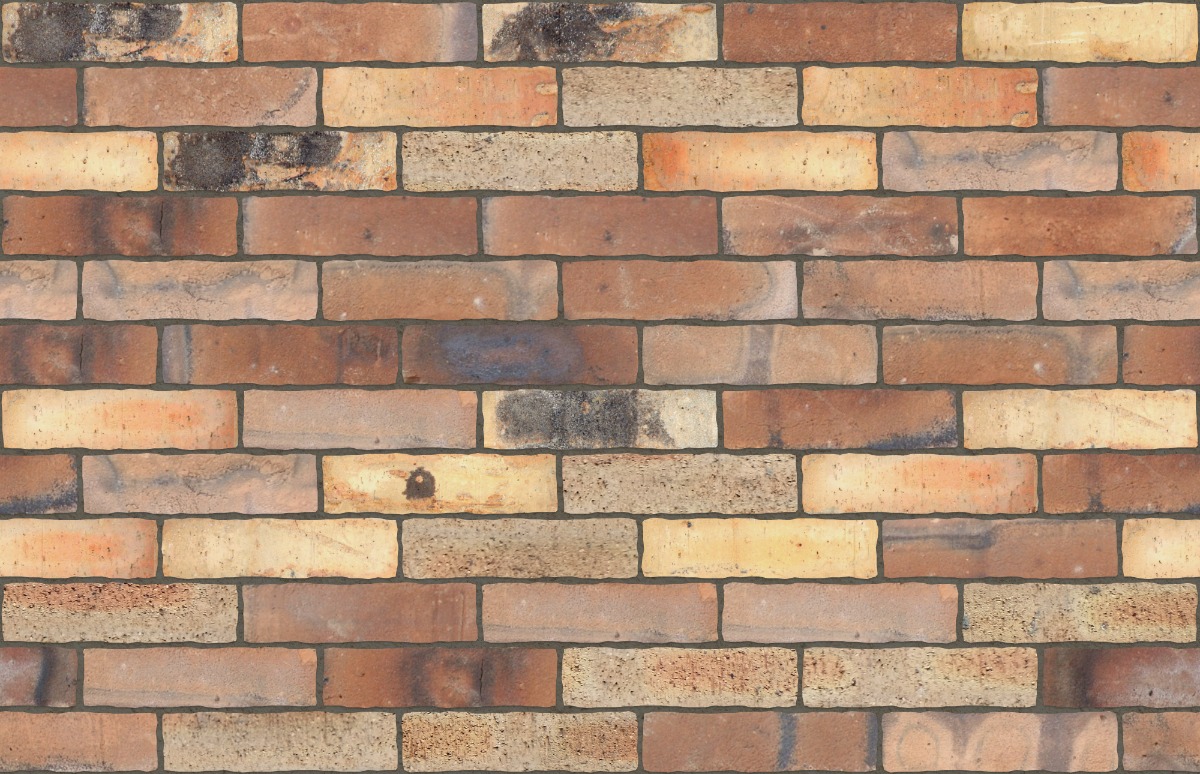Burnt Clay Bricks, 1/3 Stretcher
Category
Brick
Download
Edit
Dragfaced bricks are similar in formation and properties to regular bricks, but are scraped before the heating process to create a unique face finish. The colour and size of dragfaced bricks can vary depending on mineral combinations and factory manufacturing methods. Often used in combination with standard brick types, dragfaced bricks are ideal for building facades, cladding, gardens, landscaping, and internal decoration.
A seamless brick texture with dragfaced brick arranged in a 1/3 running bond pattern. Seamless textures can be tiled repeatedly across a surface without visible seams making them useful for architectural drawings and 3D models. This image can be used as a SketchUp texture, Revit material or imported into Photoshop for use in 2D illustrations. A high resolution version of this texture is available, as well as CAD hatches and PBR maps with Architextures Pro.

